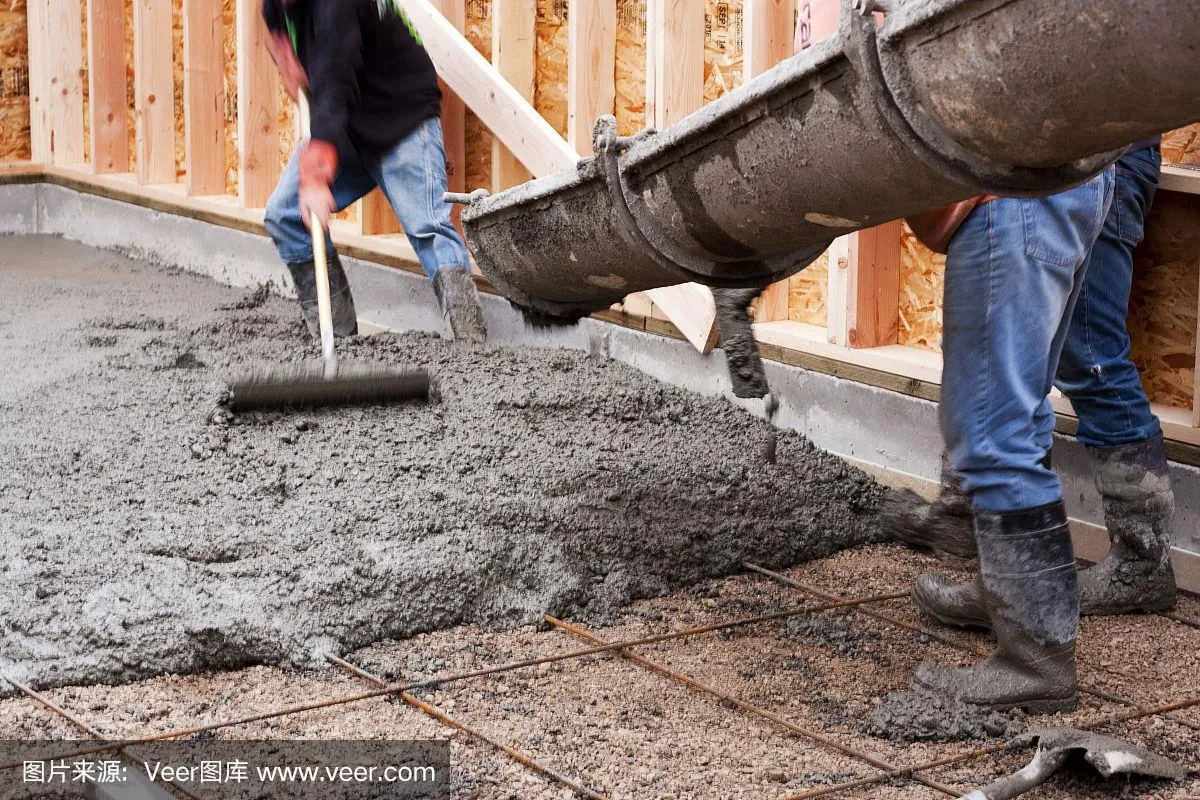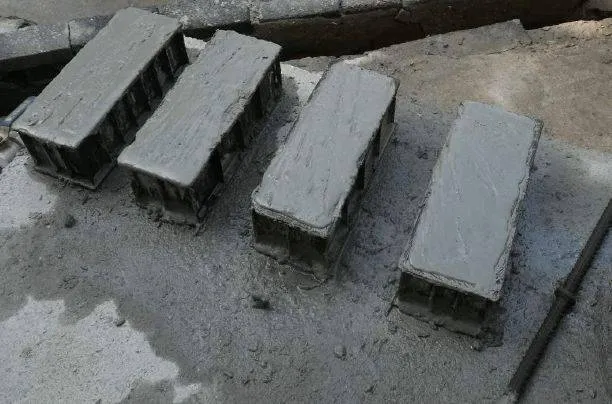
Understanding Water Reducing Admixtures in Concrete
Water reducing admixtures are chemical additives designed to reduce the water content required in a concrete mix without compromising its workability or strength. By lowering the water-cement ratio, these water-reducing admixtures improve the durability, strength, and overall performance of concrete structures.

There are various types of water reducing admixtures, each with unique properties and applications:
Water reducer admixture: Standard chemical additives that reduce water demand and enhance concrete quality.
Concrete water reducing admixture: Specifically formulated for concrete mixes to improve strength and workability.
High performance water reducer: Advanced formulations designed for high-strength and durable concrete.
Polycarboxylate superplasticizer: A modern admixture offering high water reduction and enhanced slump retention.
PCE superplasticizer: A widely used term for polycarboxylate ether superplasticizer, known for superior performance.
The answer to “what are water reducing admixtures” lies in their ability to improve concrete density, decrease porosity, and enhance both early and long-term strength.
In practice, water reducer admixture in concrete is commonly used in:
Ready-mix concrete production
Precast concrete elements
High-performance concrete for infrastructure projects
Self-compacting concrete (SCC) and high-rise building applications

Polycarboxylate Superplasticizers and Their Role in Modern Concrete Technology
Polycarboxylate-Based Admixtures
The introduction of polycarboxylate admixture technology revolutionized the construction industry. As the most advanced concrete water reducer admixture, polycarboxylate-based products offer higher water reduction, extended workability, and minimal slump loss compared to traditional admixtures.
Key variants include:
Polycarboxylate water reducer: Delivers consistent performance in concrete mixes with high strength requirements.
Polycarboxylate concrete admixture: Improves both fresh and hardened concrete properties.
Polycarboxylate concrete: Results in durable, high-strength structures with reduced cracking and shrinkage.
Polycarboxylate ether (PCE) and polycarboxylate ether superplasticizer: Advanced formulations widely used for self-consolidating concrete and high-performance structures.
Poly carboxylic ether: Another term for polycarboxylate ether superplasticizer, ensuring superior flowability and workability.
These admixtures work by dispersing cement particles more efficiently, thereby requiring less water to achieve the same fluidity. The outcome is a concrete mix with enhanced compressive strength, improved surface finish, and greater durability.
Benefits of Using Water Reducing Admixtures in Concrete
Incorporating water reducing admixtures in concrete provides numerous advantages, including:
Strength Enhancement: Lowering water content increases compressive and flexural strength.
Durability Improvement: Reduced permeability protects concrete against freeze-thaw cycles and chemical attacks.
Workability Retention: Polycarboxylate ether superplasticizer maintains slump and flow even after extended mixing times.
Cost Savings: Less cement is required to achieve desired strength levels when using water-reducing admixtures.
Sustainability: Reduced cement consumption lowers CO₂ emissions in construction projects.
High-rise buildings, bridges, tunnels, and precast concrete plants rely heavily on polycarboxylate superplasticizer and concrete water reducer admixture technology to achieve strength, durability, and energy efficiency standards.
Conclusion
The use of water reducing admixtures in concrete has become essential for modern construction projects aiming for high strength, durability, and sustainability. Whether using conventional water-reducing admixtures or advanced polycarboxylate ether superplasticizers, the right admixture selection ensures better performance and cost efficiency.
From high performance water reducer solutions to polycarboxylate concrete admixtures, these products enable builders to meet stringent quality requirements while optimizing construction timelines and material costs. As the demand for polycarboxylate concrete and sustainable infrastructure grows, innovations in water reducer admixture concrete technology will continue to transform the industry.
FAQs
1. What are water reducing admixtures, and why are they used in concrete?
Answer:
Water reducing admixtures are chemicals that decrease the water content in concrete while maintaining workability. They enhance strength, durability, and density, making them vital for high-performance construction projects.
2. What is the difference between a water reducer admixture and a high performance water reducer?
Answer:
A water reducer admixture reduces water content by about 5–10%, while a high performance water reducer or superplasticizer like polycarboxylate ether superplasticizer can achieve reductions up to 30%, improving strength and workability significantly.
3. How does a polycarboxylate superplasticizer work in concrete?
Answer:
A polycarboxylate superplasticizer disperses cement particles efficiently, allowing less water to achieve the same fluidity. This improves concrete strength, reduces permeability, and ensures longer workability retention for complex projects.
4. What are the benefits of polycarboxylate ether superplasticizer in concrete construction?
Answer:
Polycarboxylate ether superplasticizer enhances flowability, reduces water demand, improves surface finish, and ensures high early and final strength. It is widely used in self-compacting concrete, precast elements, and high-rise buildings.
5. What are the common types of water reducing admixtures in concrete?
Answer:
Common types of water reducing admixtures include lignosulfonates (normal water reducers), sulfonated naphthalene formaldehyde (SNF), melamine-based admixtures, and polycarboxylate admixture or PCE superplasticizer for high-performance applications.
-
Hydroxypropyl Starch as a Sustainable Construction AdditiveNewsNov.24,2025
-
The Gelation Properties of CMCNewsNov.21,2025
-
Redispersible Latex Powder and Water Retention CapacityNewsNov.21,2025
-
Dosage Control for Polycarboxylate Water ReducerNewsNov.21,2025
-
Film-Forming Properties of Polyvinyl AlcoholNewsNov.21,2025
-
The Function of Gypsum Additives in MortarNewsNov.21,2025





















